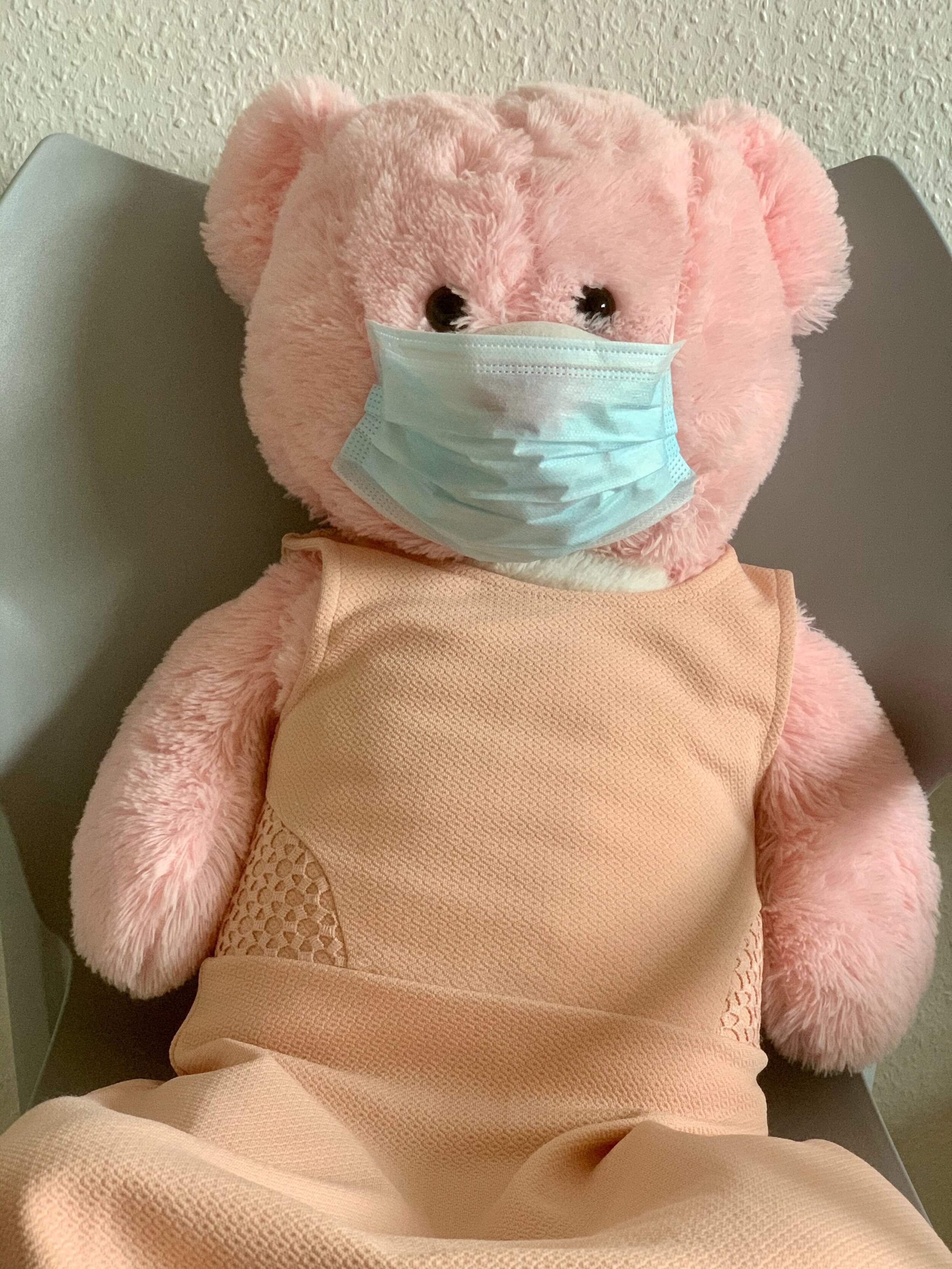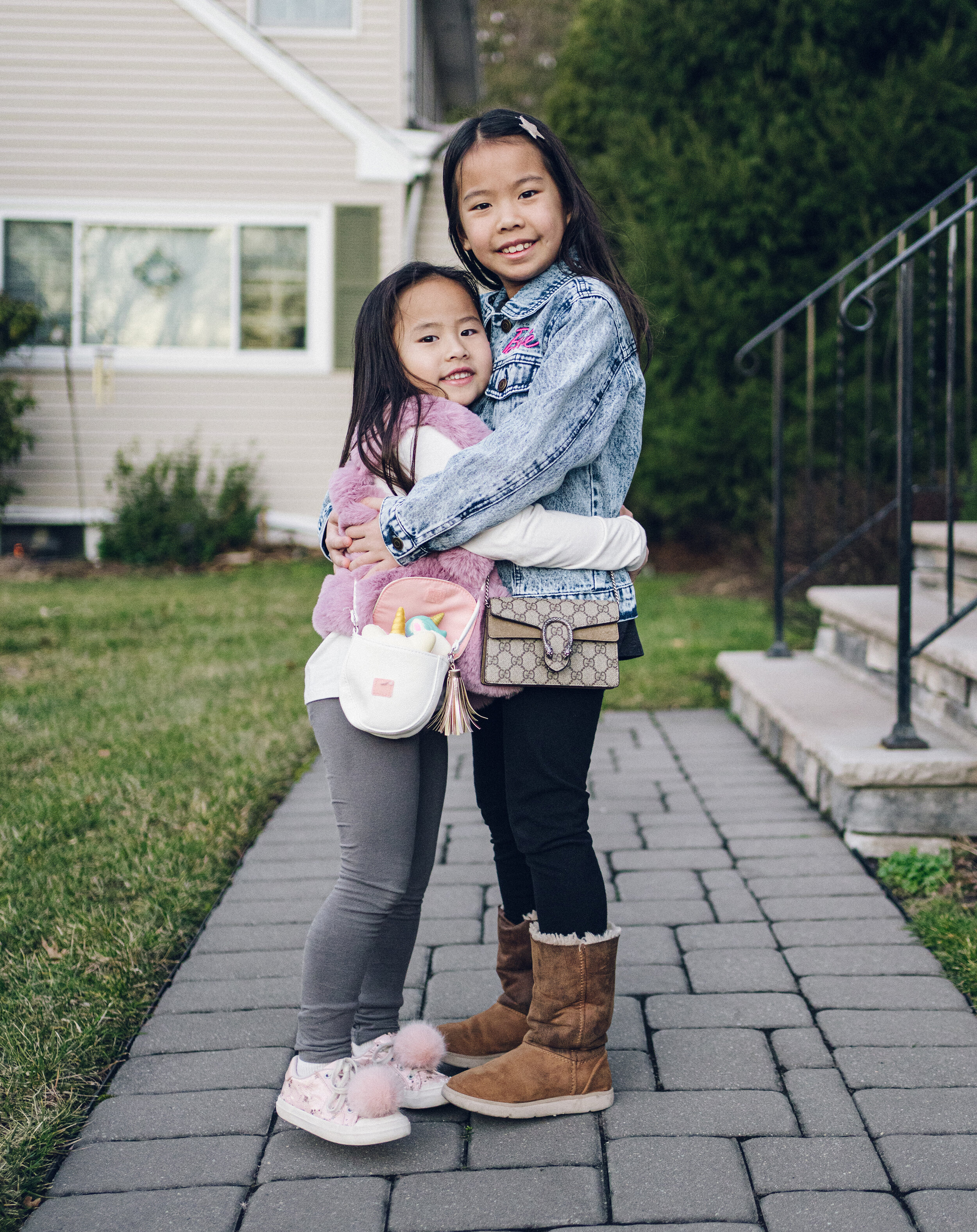How to Prepare Kids for New School Rules
/In less than two weeks, my girls will be back to school following a hybrid model. It’s nerve-wracking, to say the least. I realized that if I am feeling this anxiety about what this new school year will look like, then I am sure my girls are also worried. Especially when you consider all the new school rules. Here is what I am doing to ease their fears and prepare my kids for new school rules due to COVID.
Wear Masks Now
I wrote a blog recently about how to prepare your kids for wearing masks to school. My main tip was to start wearing masks now. I cannot emphasize this enough. Don’t leave mask enforcement up to the teachers. See my blog Preparing Your Child to Wear a Mask at School for tips.
Demonstrate Social Distancing
Let’s be honest. Social distancing is hard – even for adults. When kids get to see their friends in the classroom after being apart since March, it is going to be extremely hard to practice social distancing. Take time to demonstrate what social distancing with friends looks like, such as not hugging, sharing, or whispering. (it’s pretty sad to actually write those examples though.)
Teach Healthy Habits
Talk to your kids about the importance of healthy habits, like washing their hands and sneezing or coughing into their arms. Go ahead and purchase mini hand sanitizers they can keep in their bookbags and cubbies. We’ve also started having our girls sanitize their hands every time they enter a vehicle after being in a public space and plan to stress this rule when it comes to school.
Talk to Them About What to Expect
You absolutely must talk to your kids about what to expect. If they show up to the school to see plexiglass dividers around desks and no toys lying around, they will be heartbroken. Instead, spend time talking about the differences they should expect and do so in a positive way. A psychologist from Boston Children’s Hospital suggests talking about things like: “What will the classroom look like? What will lunch and recess be like? What extracurricular activities or clubs will your child have or not have? How will they access extra supports, like tutoring or counseling? Walking through the specifics can give your kids something concrete to hold onto.”
Start Screening for Symptoms
Most schools are implementing some sort of screening for students. Whether you will be responsible for taking temperatures or your child’s school, it is a good idea to start screening for symptoms now. If kids are used to doing it at home, then they will be more prepared and unafraid at school.
Explain the Risks
It’s also important to explain the risks of COVID-19 to kids in a language they can understand. They need to know why these new school rules are in place so they will be more inclined to follow them.
Keep Your Opinions to Yourself
Lastly, keep your opinions to yourself. It’s not going to be perfect. And there will be plenty of times when things do not go according to plan. But, keep your frustrations and opinions to yourself and avoiding spewing your feelings to your child. This will only make kids feel more anxious about school.
What other tips do you have for the upcoming school year? Let me know in the comments!














































